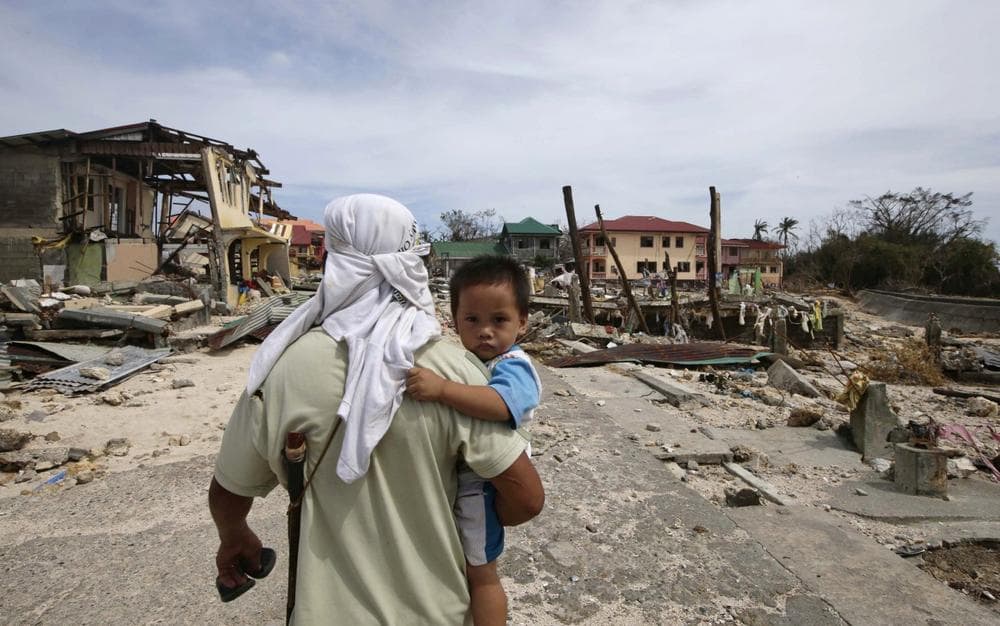Advertisement
Why The Philippines Wasn't Prepared For Typhoon Haiyan
Resume
Typhoons hit the Philippines every year, so why was the country not better prepared for what was predicted to be the monster storm?
The Washington Post's Max Fisher writes that the answer boils down to poverty, the decentralized government and diversity — more than 100 languages are spoken across the Philippines. This poses challenges for both infrastructure projects and launching a national response.
Political scientist Zachary Abuza agrees. He tells Here & Now's Jeremy Hobson that while the Philippines had a couple of good years both in governance and economic development, the country has deep structural problems.
Ninety percent of the country's agricultural land is owned by about 100 families, and about a dozen families essentially control the economy.
On the other hand, Abuza says the country does have vibrant political engagement, and governance at the regional level is generally decent. But the lack of land reform has fostered serious economic inequality, which remains a dangerous challenge to the country's politics.
Guest
- Zachary Abuza, professor of political science and expert on South East Asia at Simmons College.
This segment aired on November 12, 2013.